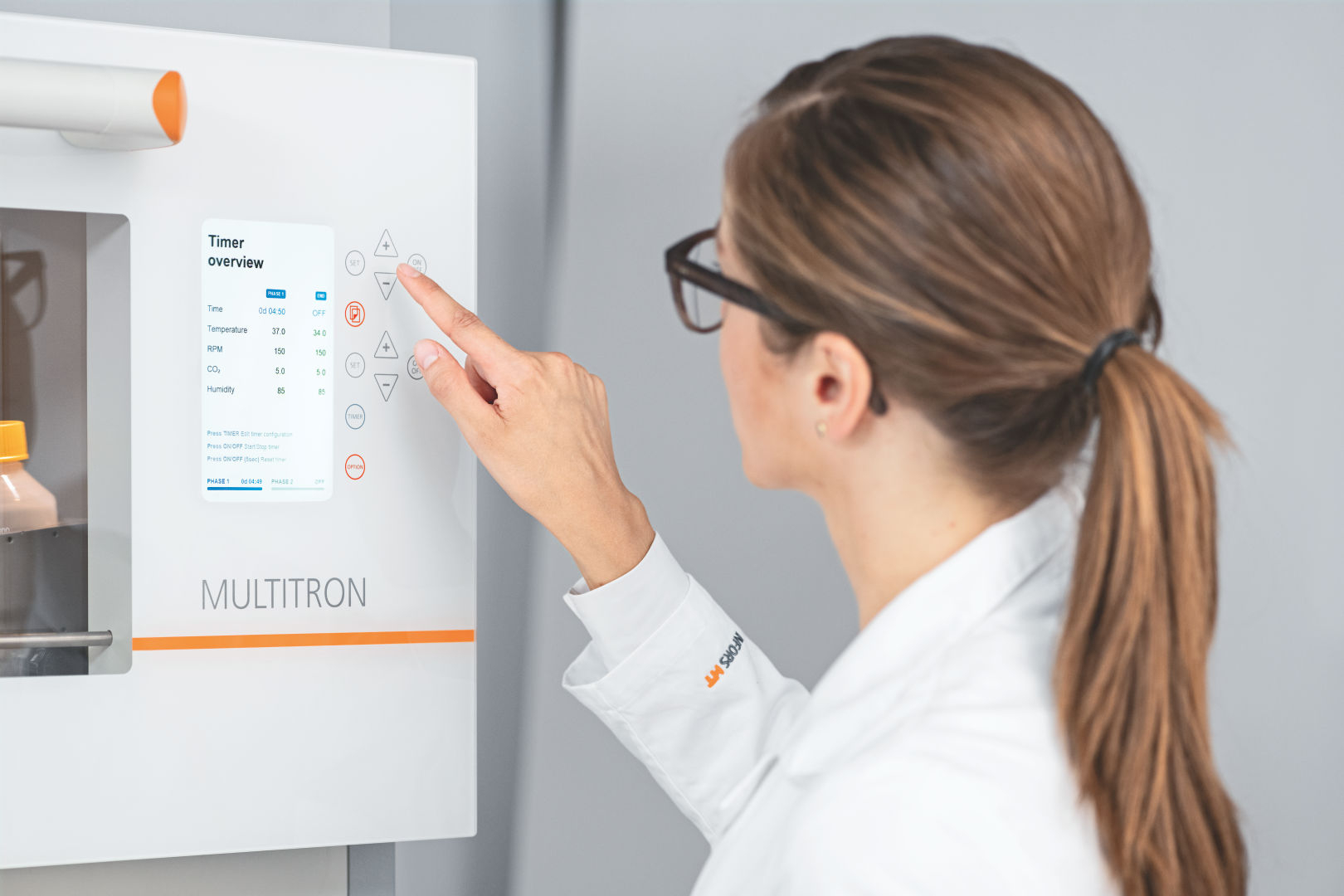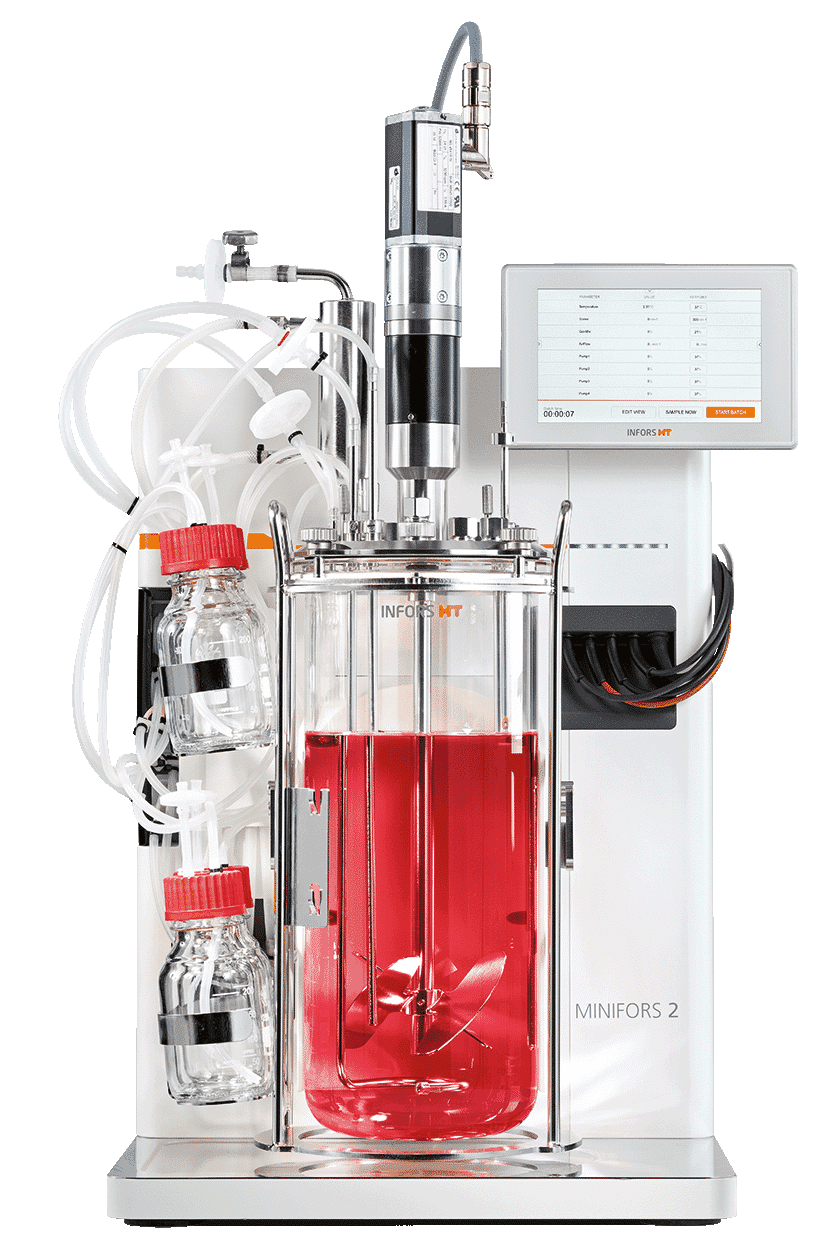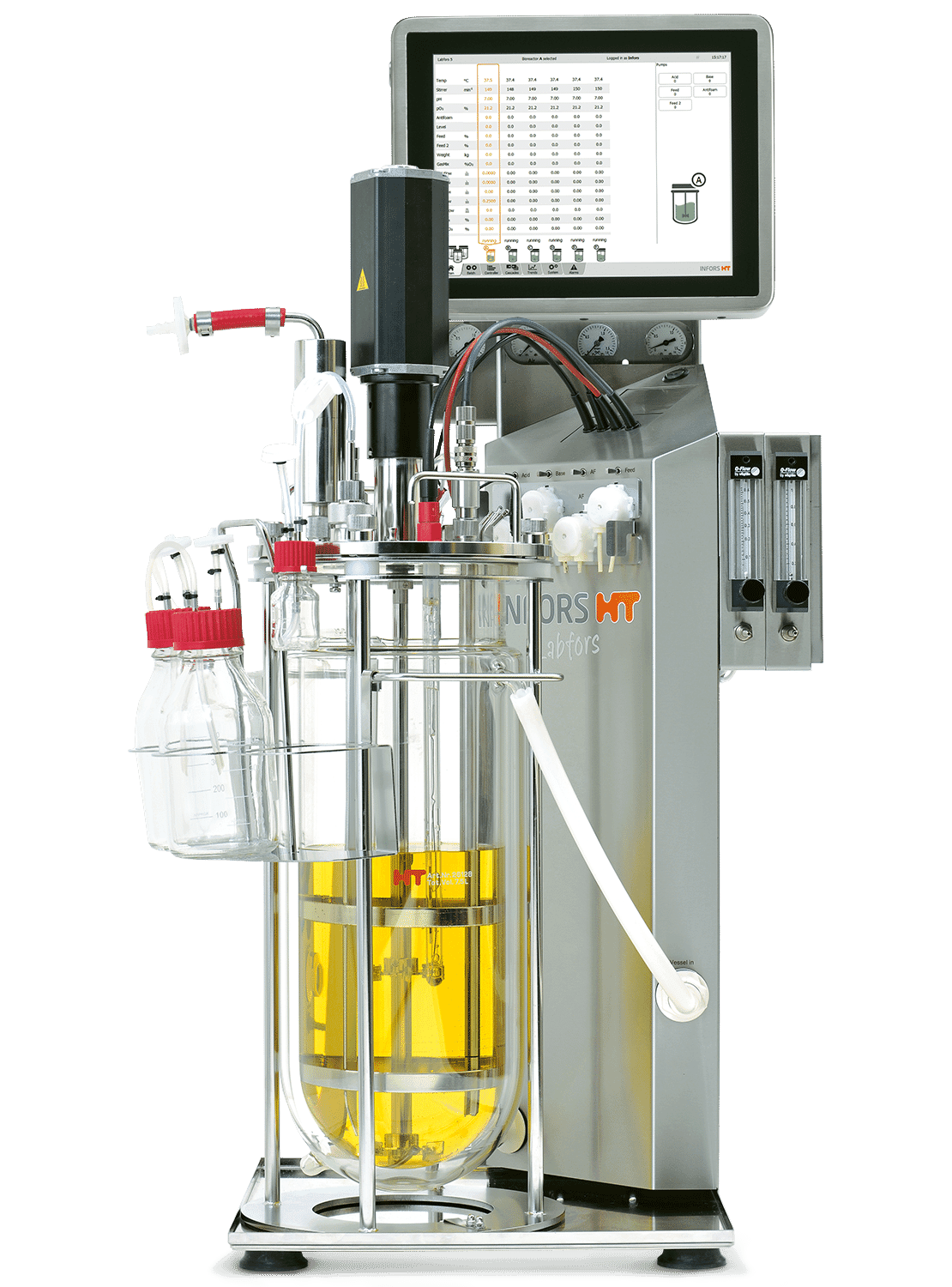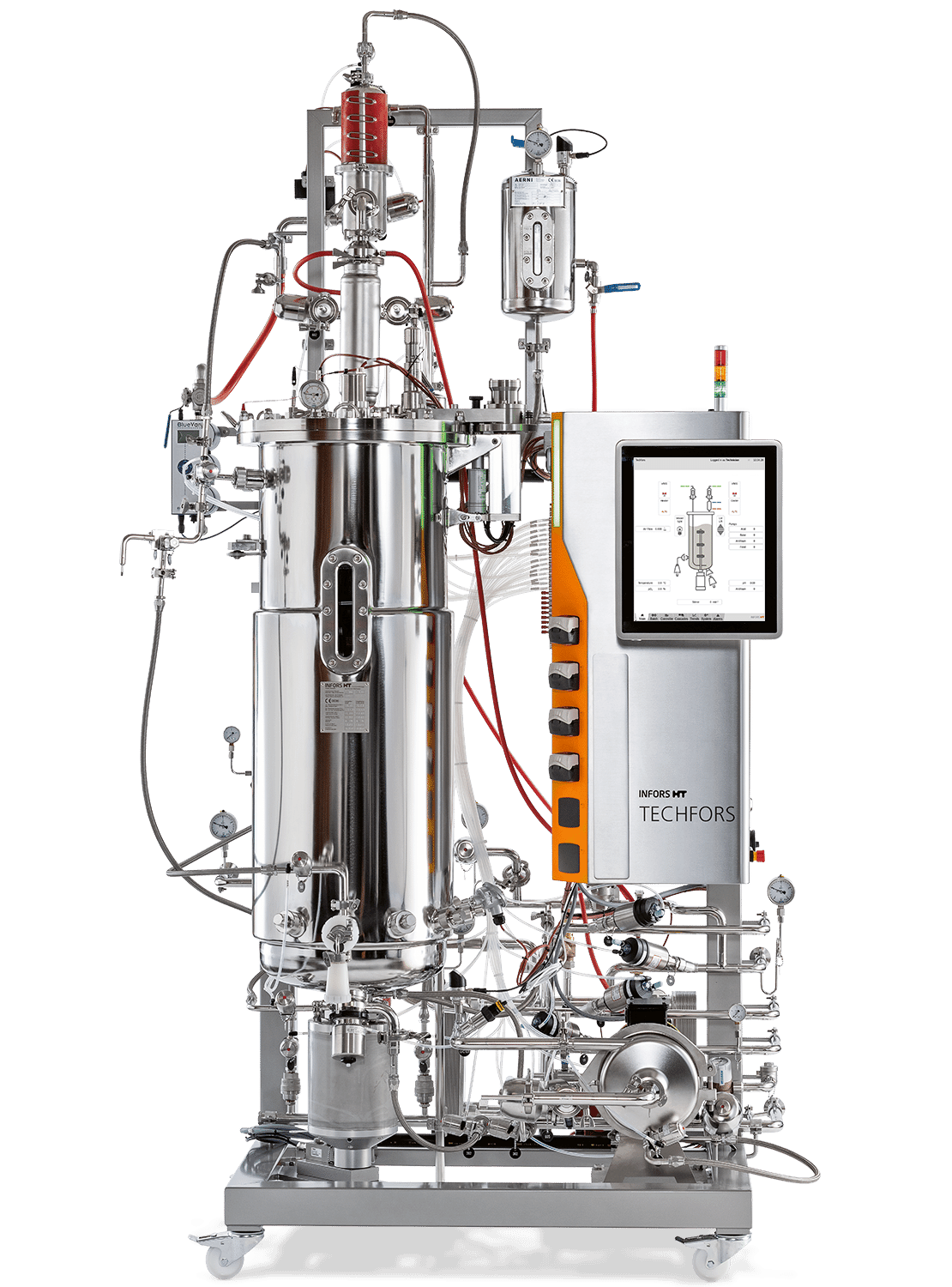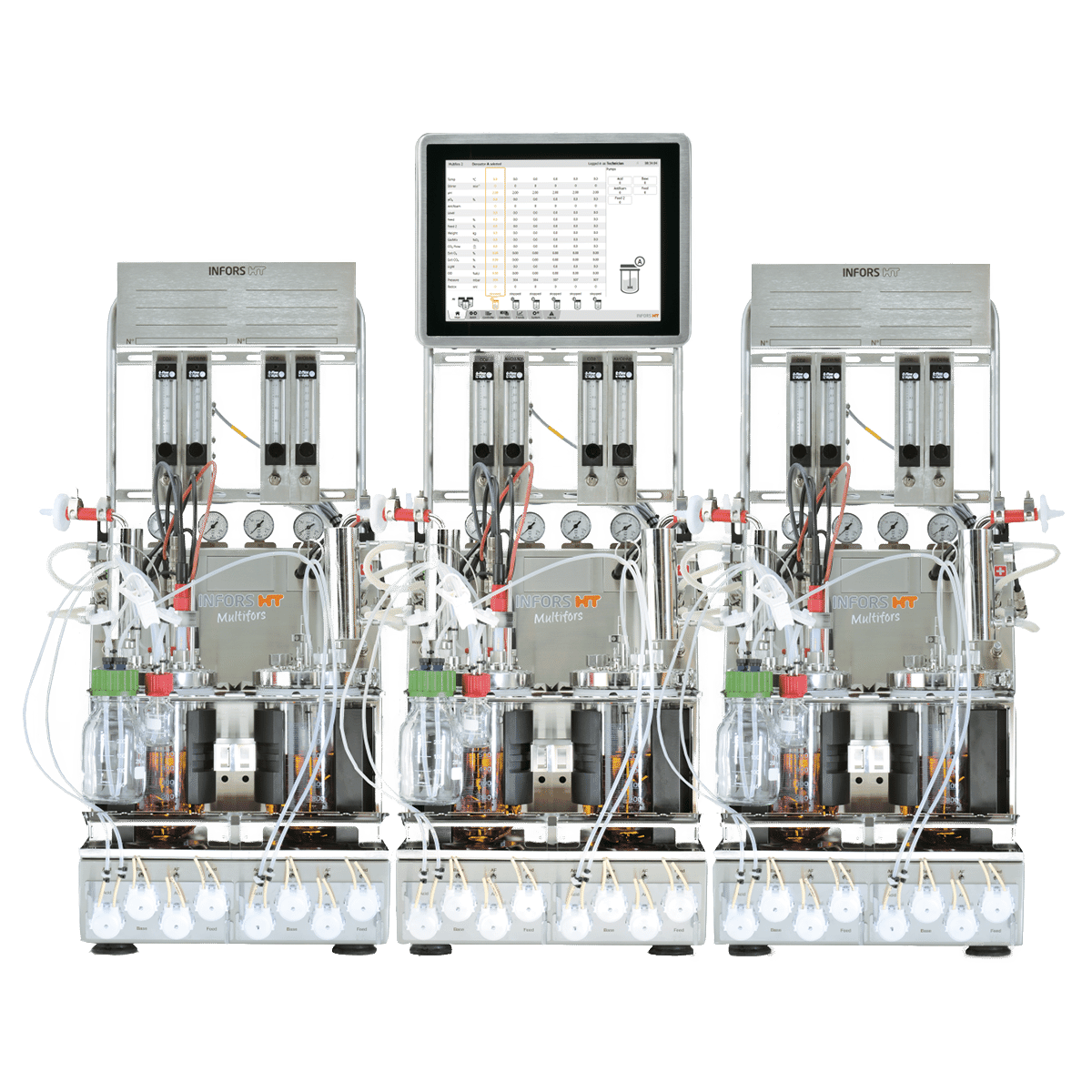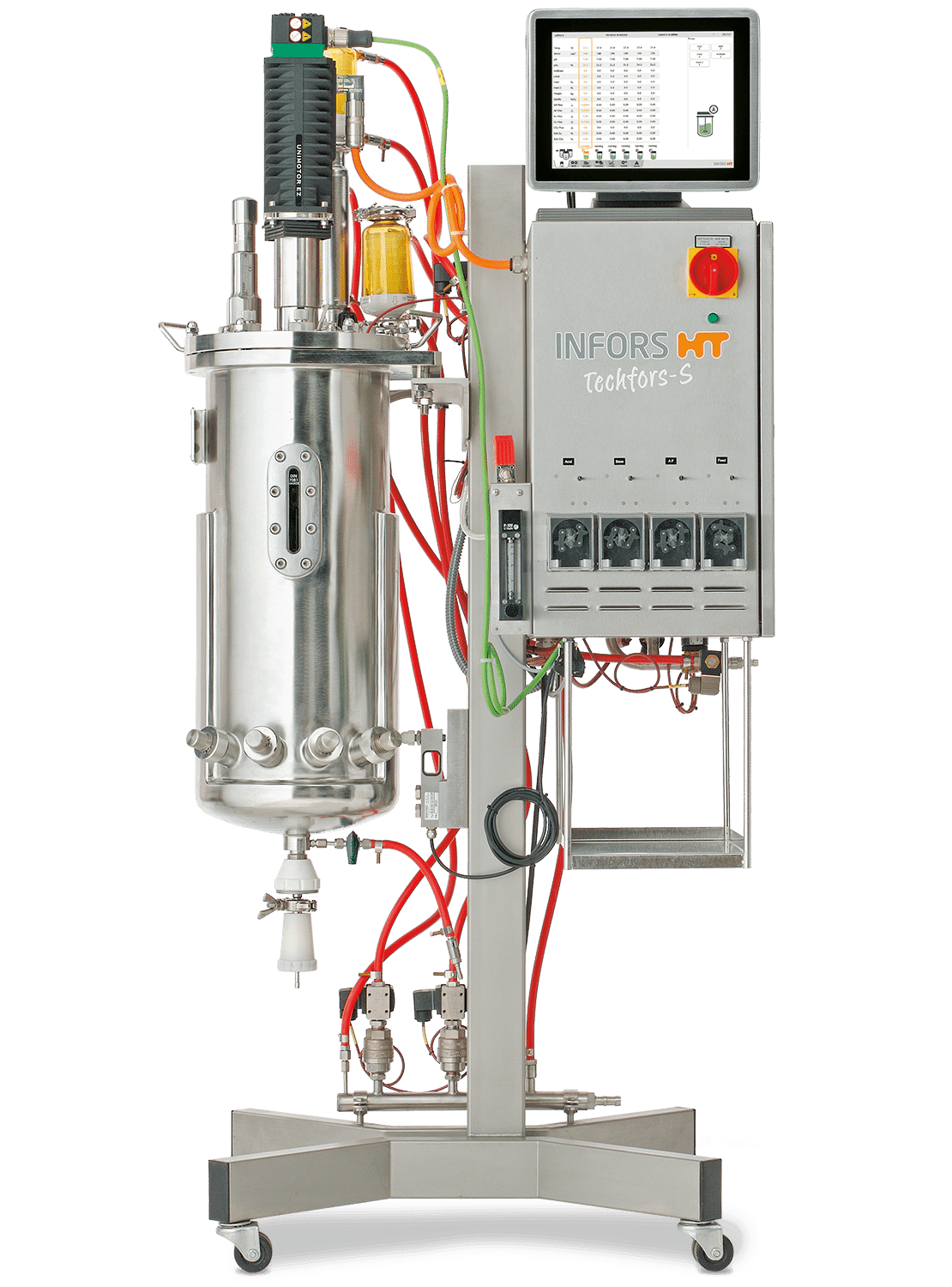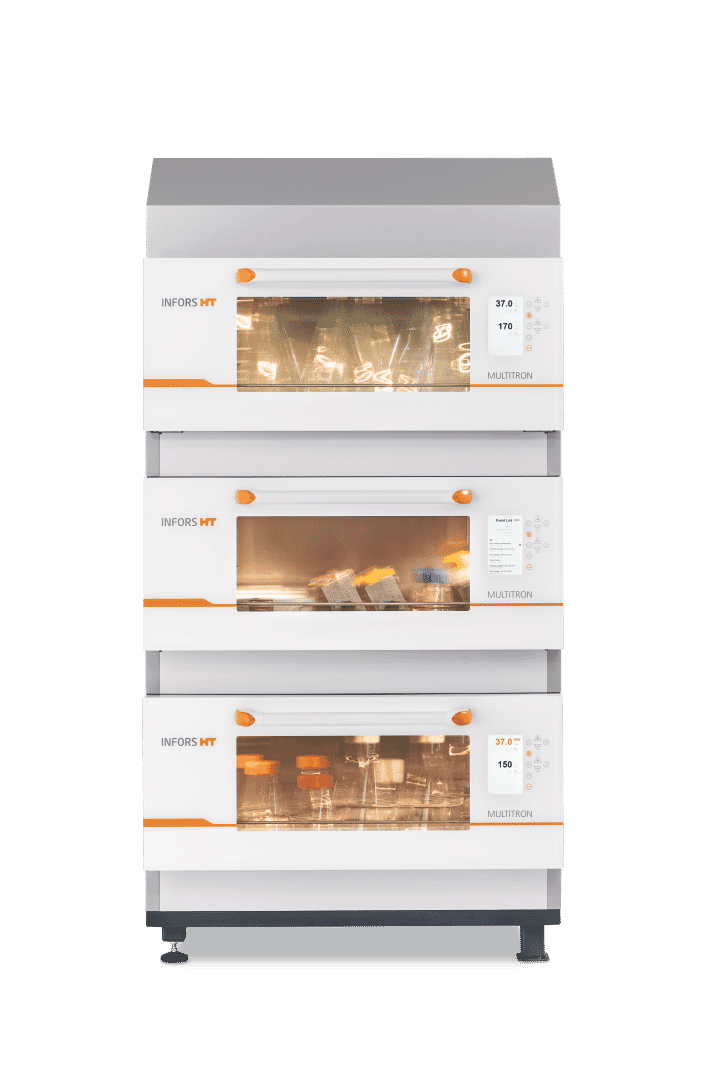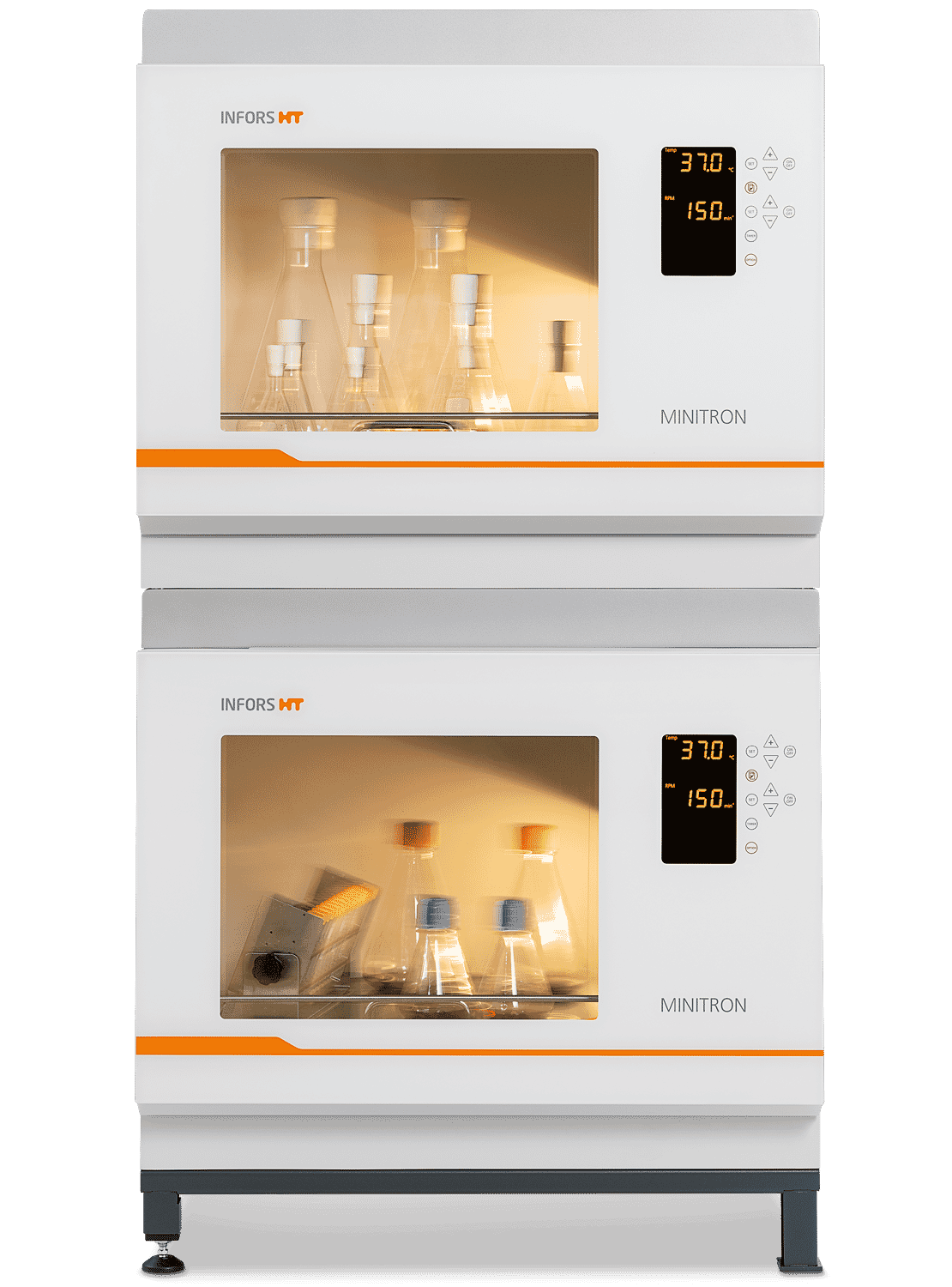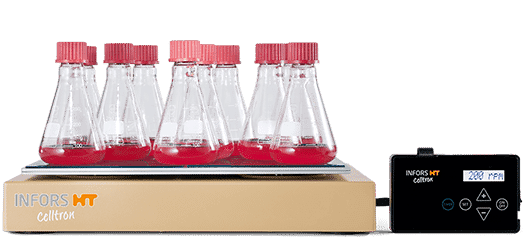Our Products
Your needs
Top Solutions
- High-throughput screening in 96-well-plates
- Cell cultivation in the incubator shaker
- Culturing stem cells in shakers
- High cell densities in the bioreactor
- Bioreactors for continuous cultivation with perfusion
- Culturing stem cells in a bioreactor
- Cell culture bioreactors
- Simultaneous saccharification and fermentation (SSF) in a bioreactor
- Chemostat bioreactors for continuous cultures

